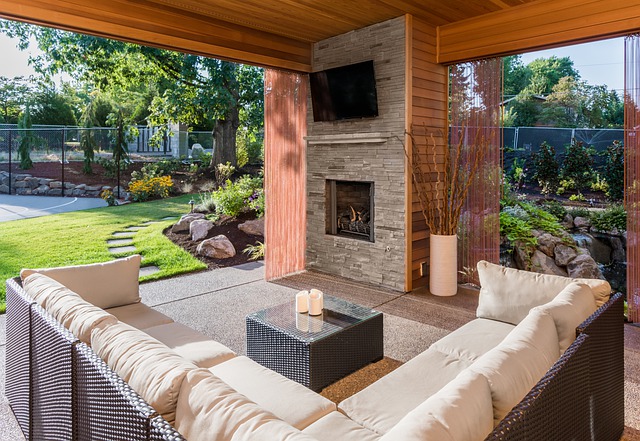Introduction
Air conditioning a garage can be a beneficial addition to any home or workspace, especially in regions with hot climates. Whether you plan to use your garage as a workshop, a gym, or simply for storage, maintaining a comfortable temperature can make it a more functional and enjoyable space. In this article, we will explore various methods and considerations for effectively air conditioning a garage.
Insulation and Sealing
Before installing an air conditioning system in your garage, it is crucial to ensure proper insulation and sealing. Garages are often not as well-insulated as the rest of the house, which can lead to significant energy loss and inefficiency. Insulate the walls, ceiling, and garage door with materials such as foam insulation, weatherstripping, or even reflective barriers. This will help to keep the cool air inside and prevent hot air from entering the space.
Choosing the Right Air Conditioning System
There are several options to consider when selecting an air conditioning system for your garage. The choice will depend on factors such as the size of the garage, your budget, and your specific cooling needs. Here are a few popular options:
Window Air Conditioners: Window units are a cost-effective solution for smaller garages. They are easy to install and can provide sufficient cooling for moderate-sized spaces. However, they may not be suitable for larger garages or in areas with extreme temperatures.
Portable Air Conditioners: Portable AC units offer flexibility as they can be moved around as needed. They typically require a window or vent for exhaust, so ensure your garage has a suitable opening for installation. Portable units are ideal for smaller to medium-sized garages and can be a good option if you have limited space.
Ductless Mini-Split Systems: Mini-split systems consist of an outdoor condenser unit and one or more indoor air handlers. They offer both cooling and heating capabilities and are highly efficient. While they may be more expensive upfront, they provide precise temperature control and are suitable for larger garages or if you plan to spend significant time in the space.
Proper Ventilation
In addition to air conditioning, proper ventilation is essential for maintaining a comfortable garage environment. Ventilation helps to remove stale air, control humidity levels, and prevent the buildup of pollutants. Consider installing exhaust fans or vents to improve air circulation. This will help to prevent moisture-related issues and ensure a healthier and more pleasant atmosphere.
Additional Tips
Here are a few additional tips to enhance the effectiveness of your garage air conditioning:
Insulate the Garage Door: Garage doors can be a significant source of heat gain or loss. Insulating the garage door with foam panels or reflective insulation can help to minimize temperature fluctuations.
Use Fans: In conjunction with your air conditioning system, using fans can help to improve air circulation and distribute cool air more evenly throughout the garage.
Maintain Your System: Regular maintenance of your air conditioning system is crucial to ensure optimal performance and energy efficiency. Clean or replace filters as recommended by the manufacturer, and schedule professional maintenance checks to identify and address any issues.
Conclusion
Air conditioning a garage can greatly enhance its functionality and comfort. By properly insulating, choosing the right system, ensuring proper ventilation, and following additional tips, you can create an enjoyable environment in your garage. Consider your specific needs and budget when selecting an air conditioning system, and don’t forget to prioritize maintenance to keep your system running smoothly.
References
– Energy.gov: energy.gov
– The Spruce: thespruce.com
– HomeTips: hometips.com












